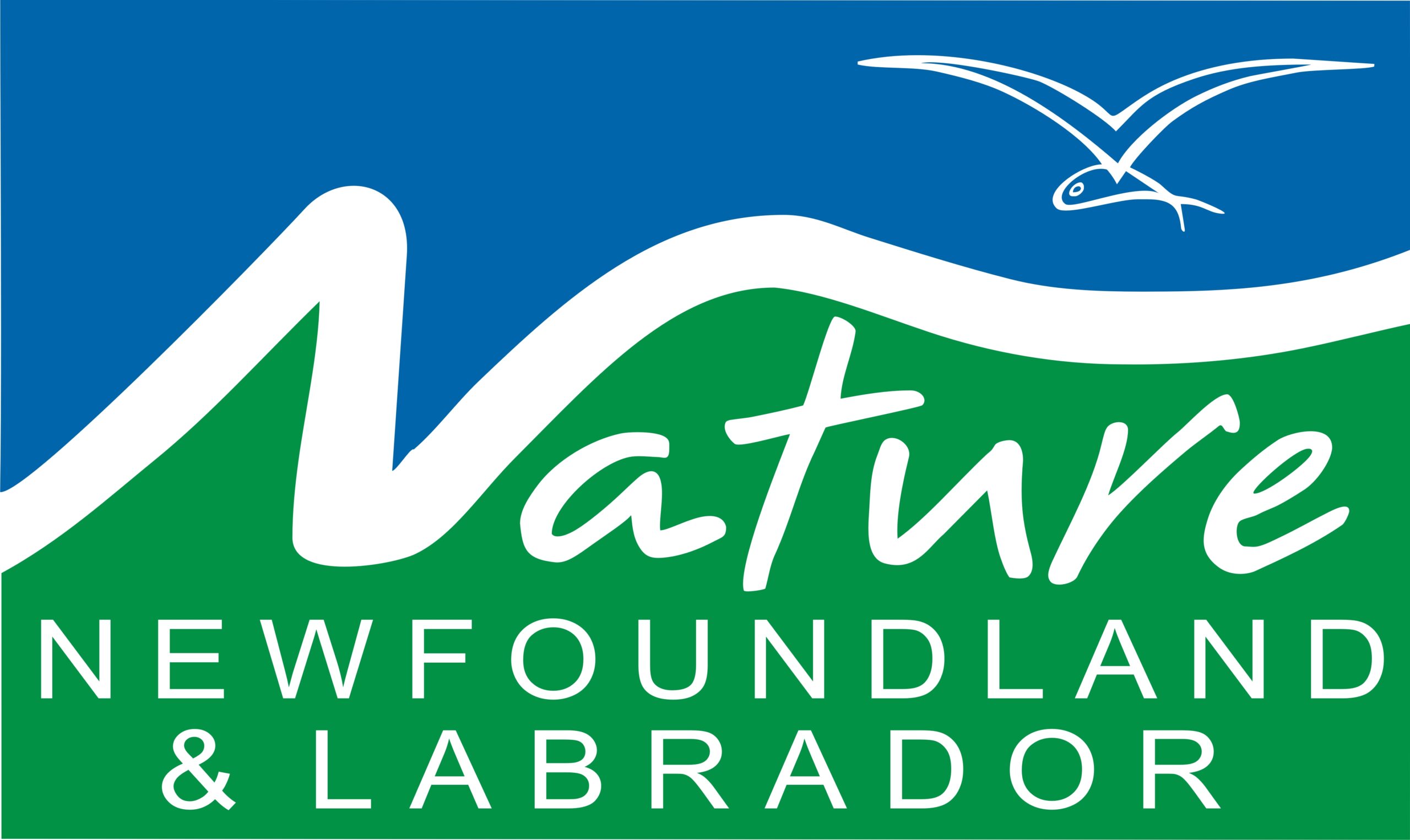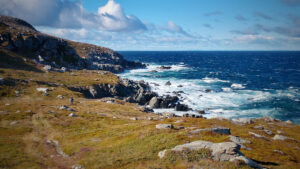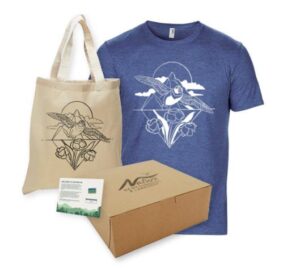By Joe Bowden, Research Scientist, Natural Resources Canada, Canadian Forest Service, Corner Brook, NL
Posted October 26, 2018
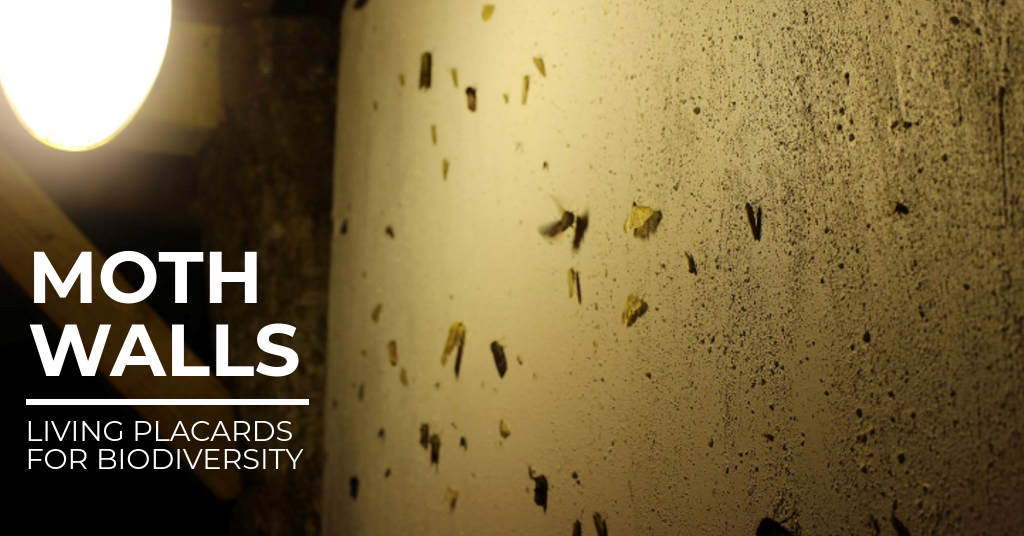
My good friend and colleague Marianne Graversen in Aarhus, Denmark first introduced me to the concept of the moth wall while I was a postdoc (2013-2015) at Aarhus University and Natural History Museum (where she works). I remember heading out to one of their National Parks, Mols Bjerge, and seeing this white wall on a forest edge and thinking, “This is a fantastic idea!” During the day, it’s just a white board with a light fixed to it. At night, it is quite a spectacle when the light comes on. Moths (among other insects and the bats that eat them) start bombing around and eventually land on it. I also thought, “We need this kind of thing in Canada,” and was determined to get such a project up-and-running as soon as I could get the opportunity.
Fast-forward to 2016: I partner with NL Provincial Parks and they are keen on the idea that these structures can serve as unique opportunities to engage visitors about this group of insects. We agree to construct one at Barachois Pond Provincial Park to start as a pilot. The wall was up early July, and I was down there as frequently as I could to see what we’d get. So far, we have documented over 20 species, but there are many more to document. Indeed, we have over 400 species of macro-moths on the island of Newfoundland alone (Morris 1980), with new species being found on the island frequently.
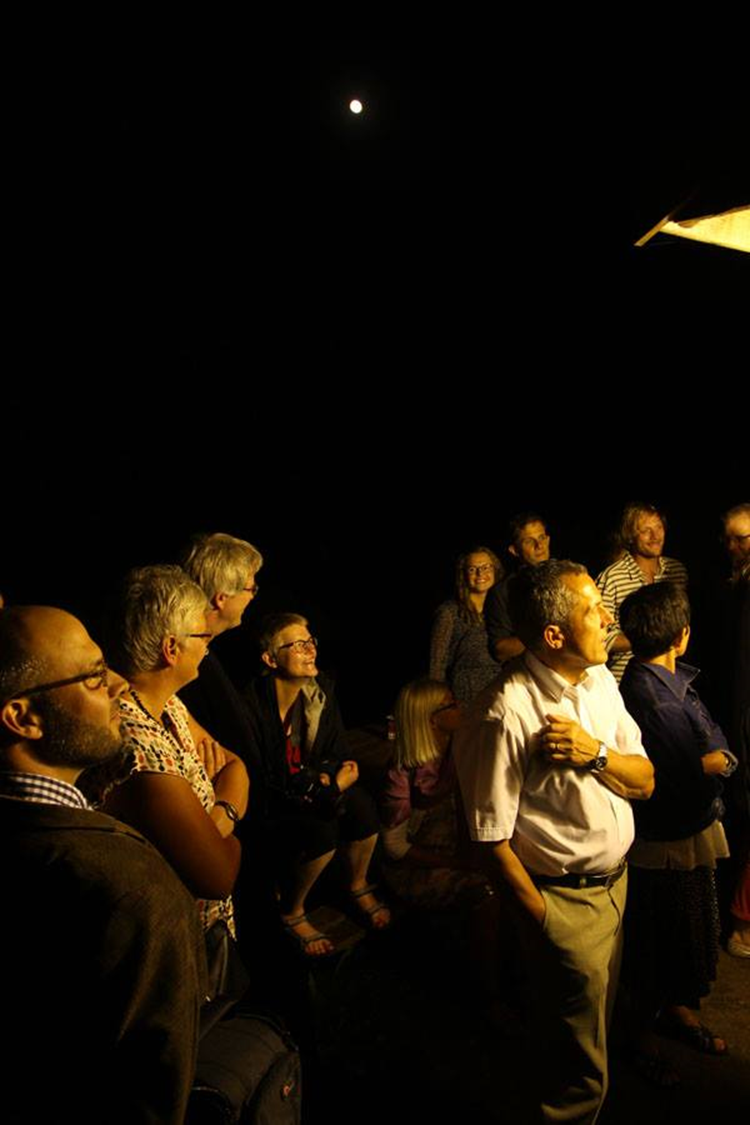
It is great fun to hang out at night and see what shows up at the wall. I took one of my sons (who is 8) down to Barachois this summer and he absolutely loved it! We documented at least a half dozen species that night including some very cool species like the Laurel Sphinx (Sphinx kalmiae), Polyphemus Moth (Antherea polyphemus) and a Maple Looper (Parallelia bistriaris).
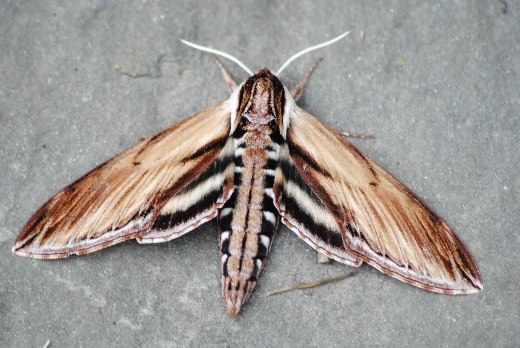
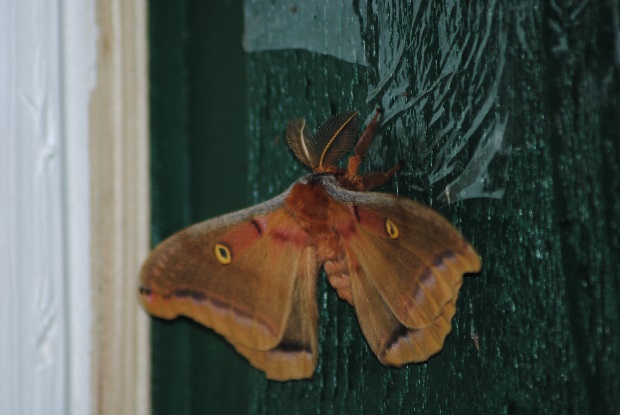
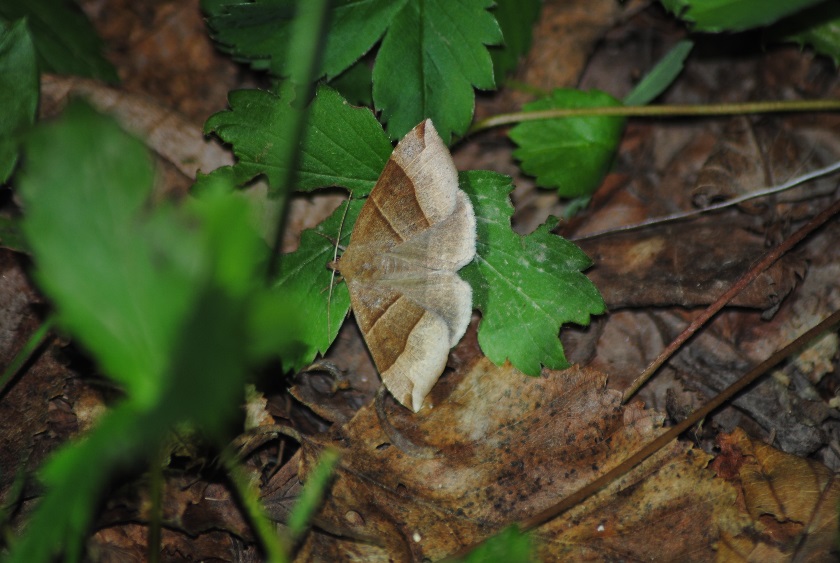
What can moth walls teach us?
Well, first they provide people like myself an opportunity for public engagement – a chance to share information about this group of largely night active animals. Moths serve many ecological roles: they are involved in pollination, herbivory (in some cases such as spruce budworm, erupting to such high numbers that they obliterate entire forests), and they are food for many mammals (e.g., bats), birds and other arthropods (e.g., spiders).
Moth walls can also provide us much valuable information about biodiversity of moths in a given area and how that changes in space (when we have more!) and time; they can tell us about the relative abundance of species in the area and if something like spruce budworm is reaching really high numbers. Now with online databases to document species, we can simply take photos and post them online such is the case with the Moth Wall Project. They can also inform us about the distribution of species, or help us detect new species. This is especially important when it comes to island ecosystems like Newfoundland. If enough people participate (working on that!), we can also get a good sense of when species are flying about over the season, or more their flight phenology (the timing of events in the lives of animals and plants).
As mentioned, we are hoping to expand this project to other parks across the Island and have been in discussions with Parks Canada and a colleague in Montréal at the Insectarium to build the network of moth walls.
There are many good references for moths, but whether you are moth savvy or not, I do encourage you to get out there are help us document our biodiversity on the Island. You don’t have to know what it is to take a picture of it and post it to the website: that’s the great thing about iNaturalist: it is a virtual community of people around the world that can help identify things. I will try to get the word out about good mothing nights and hopefully we have one or two more walls set up across the Island next summer.
Please get out there in the summer and post photos to Moth Wall Project!
Moth Resources
Facebook groups: Insects of Newfoundland, Moths of Eastern United States
Books : Peterson: Field Guide to Moths, Les Papillons du Québec
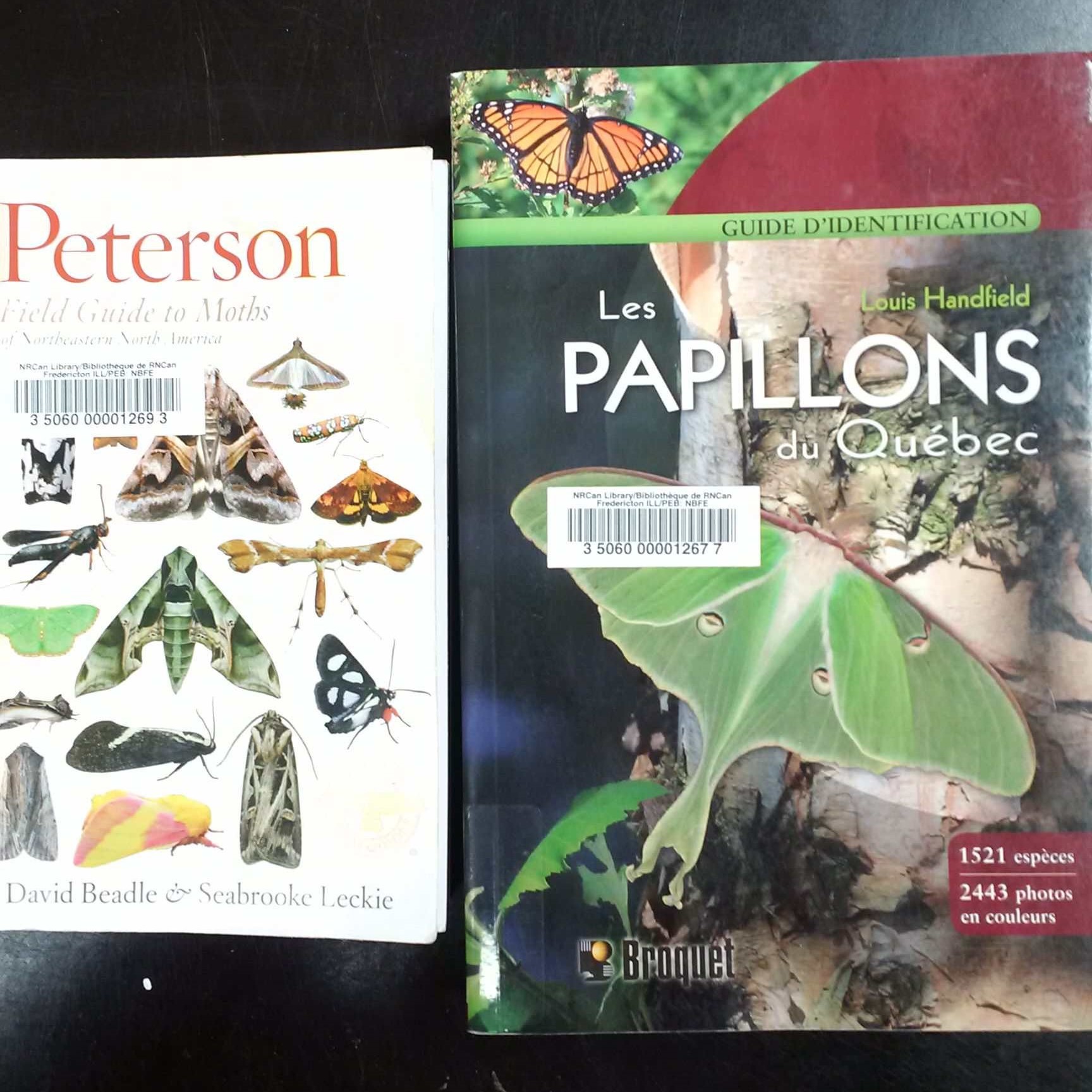
References
Morris, R. F. (1980). Butterflies and moths of Newfoundland and Labrador. The Macrolepidoptera. Minister of Supply and Services..
